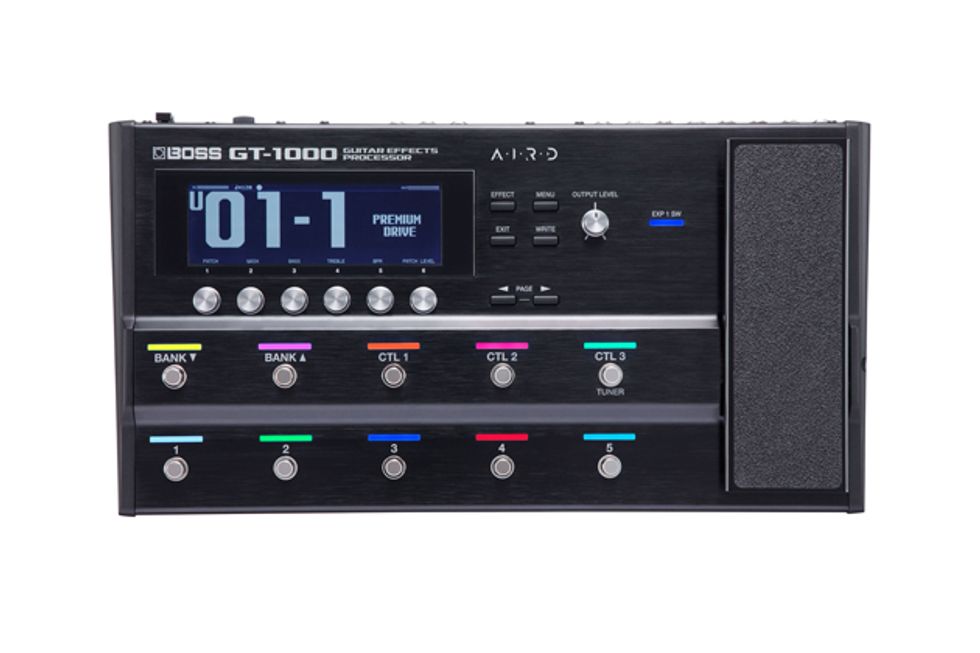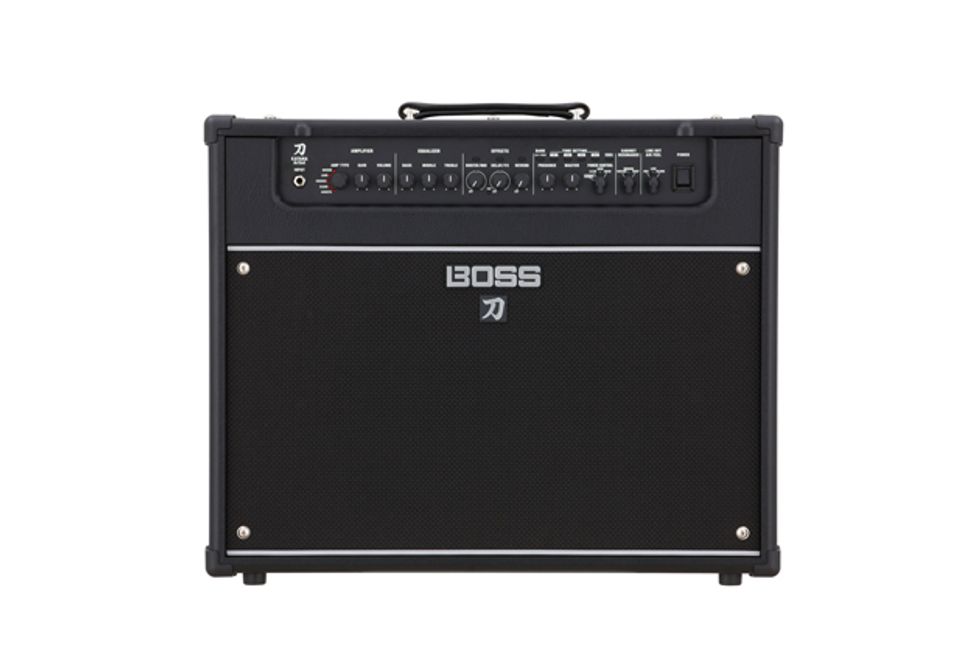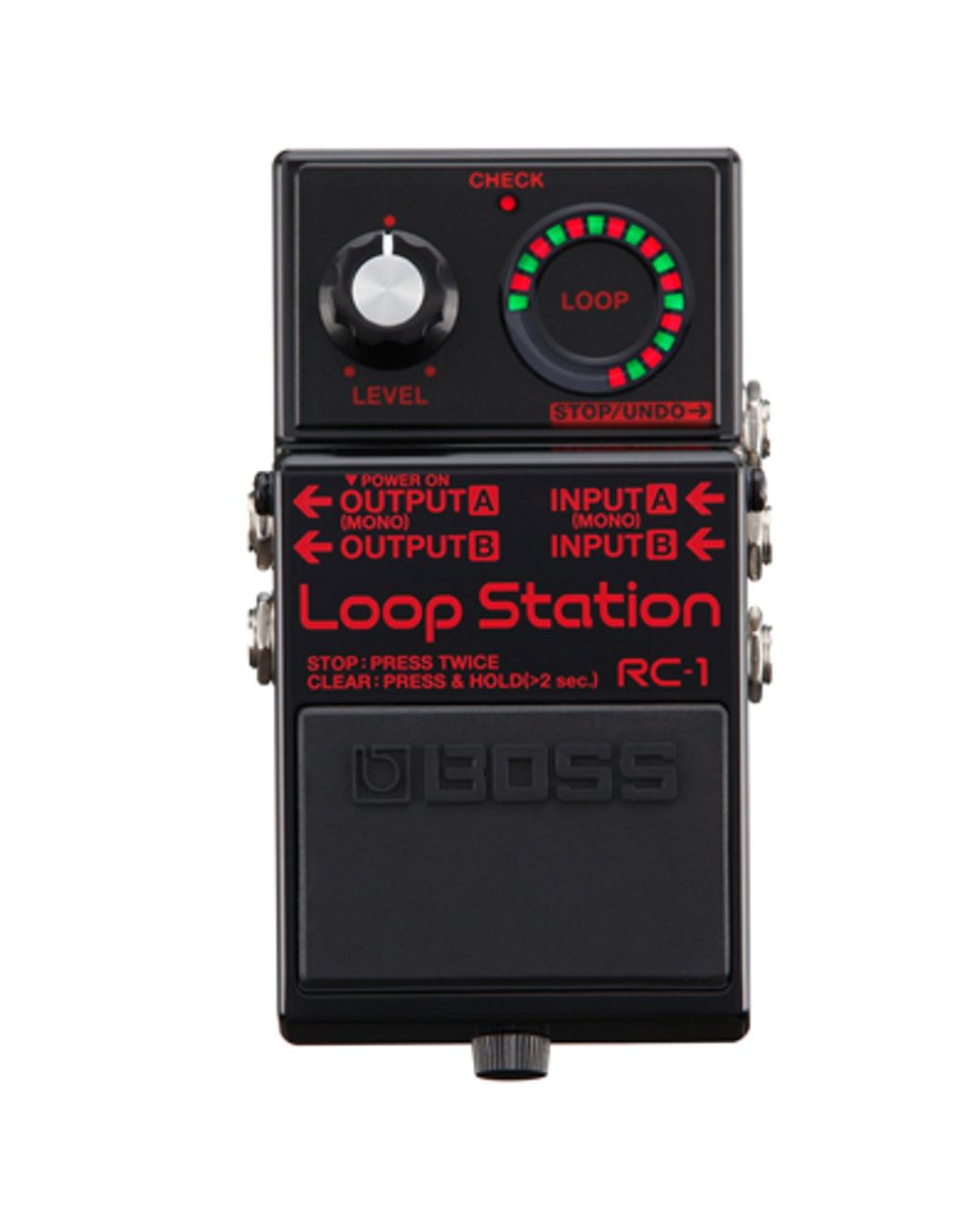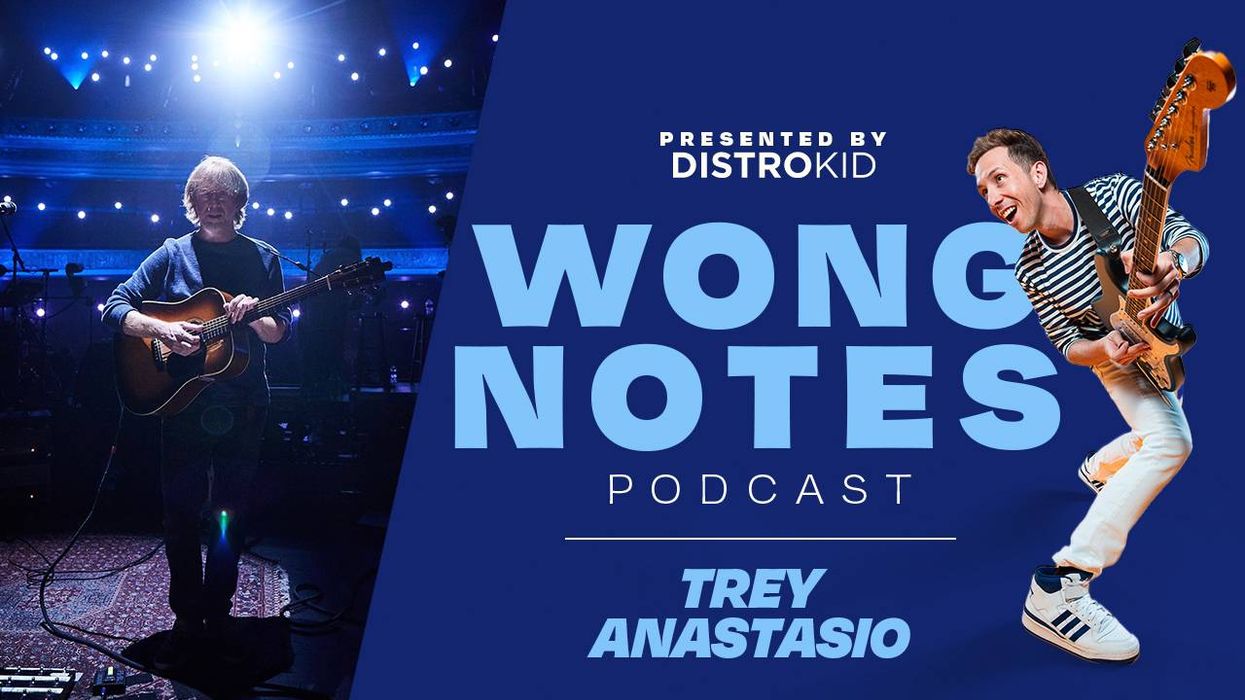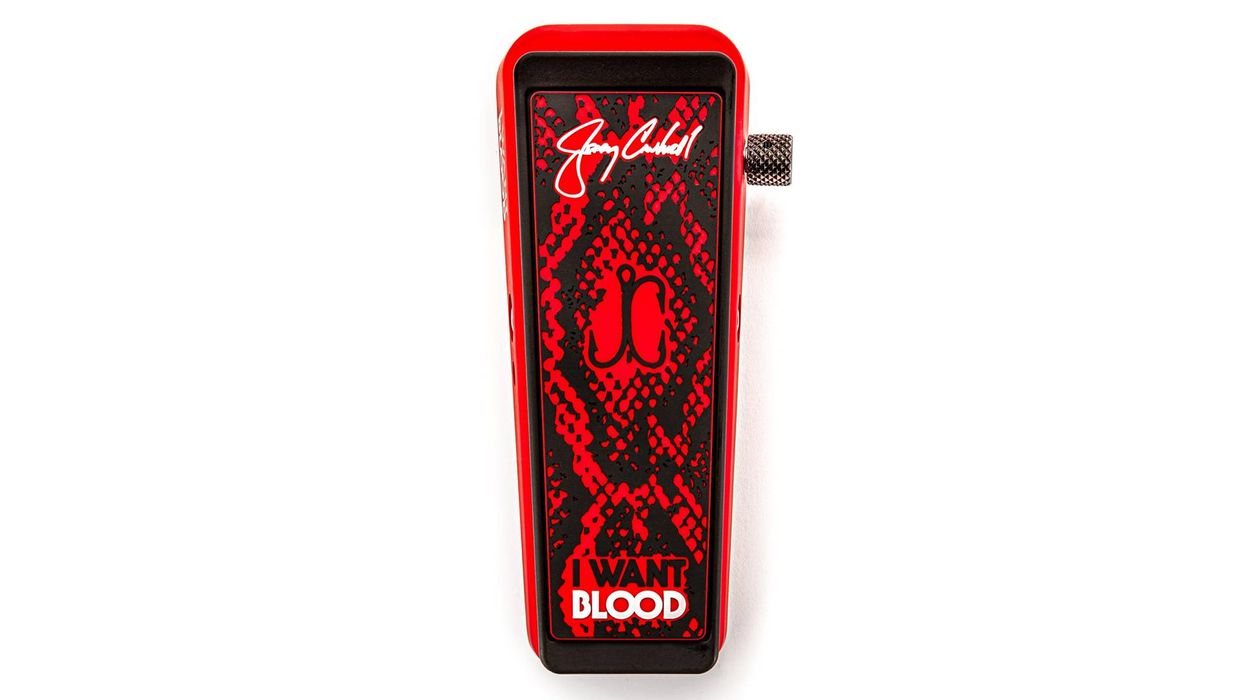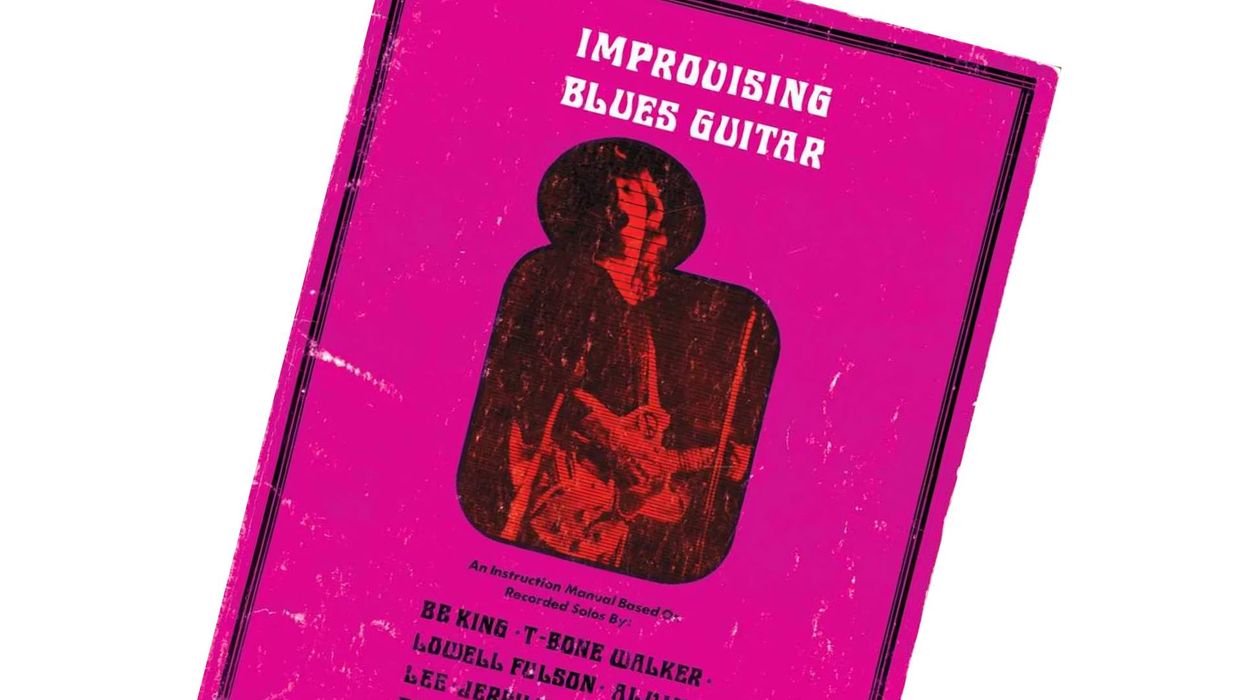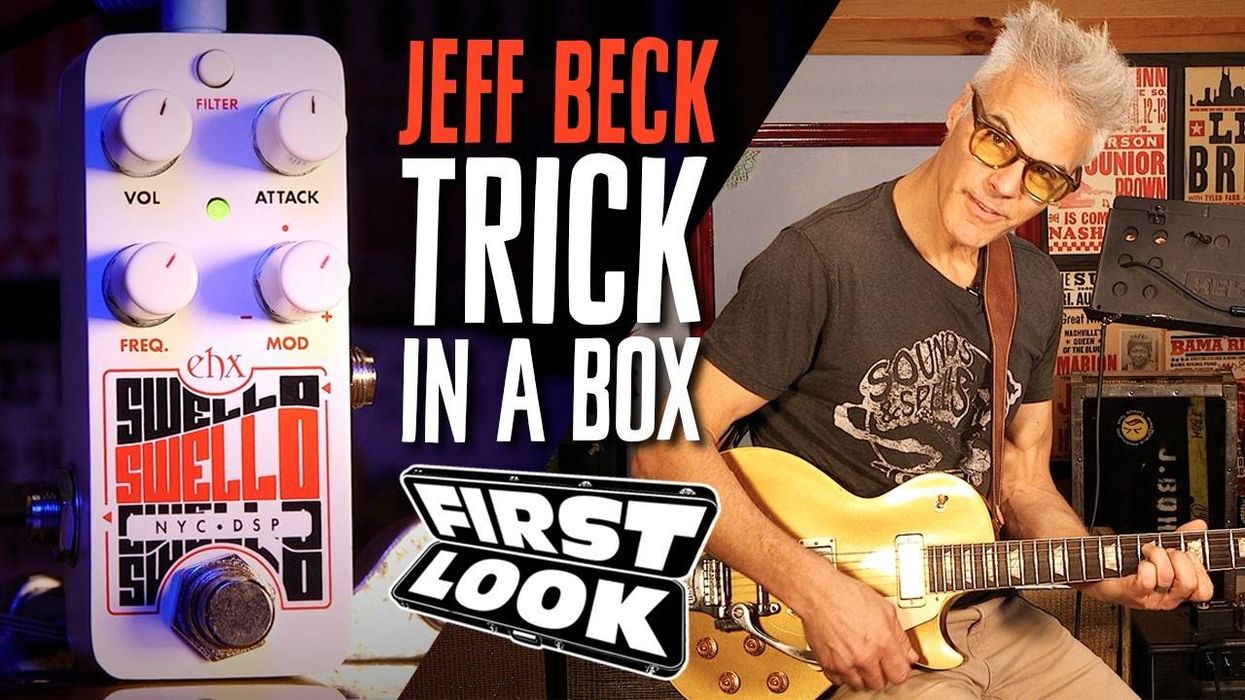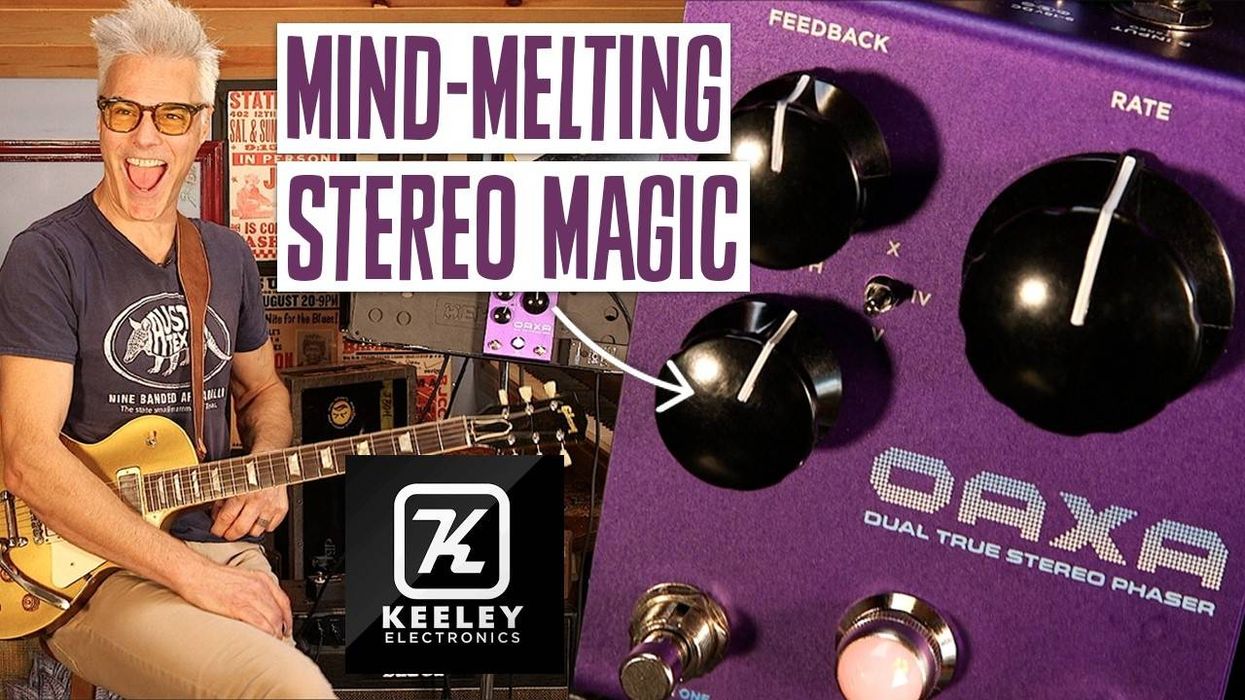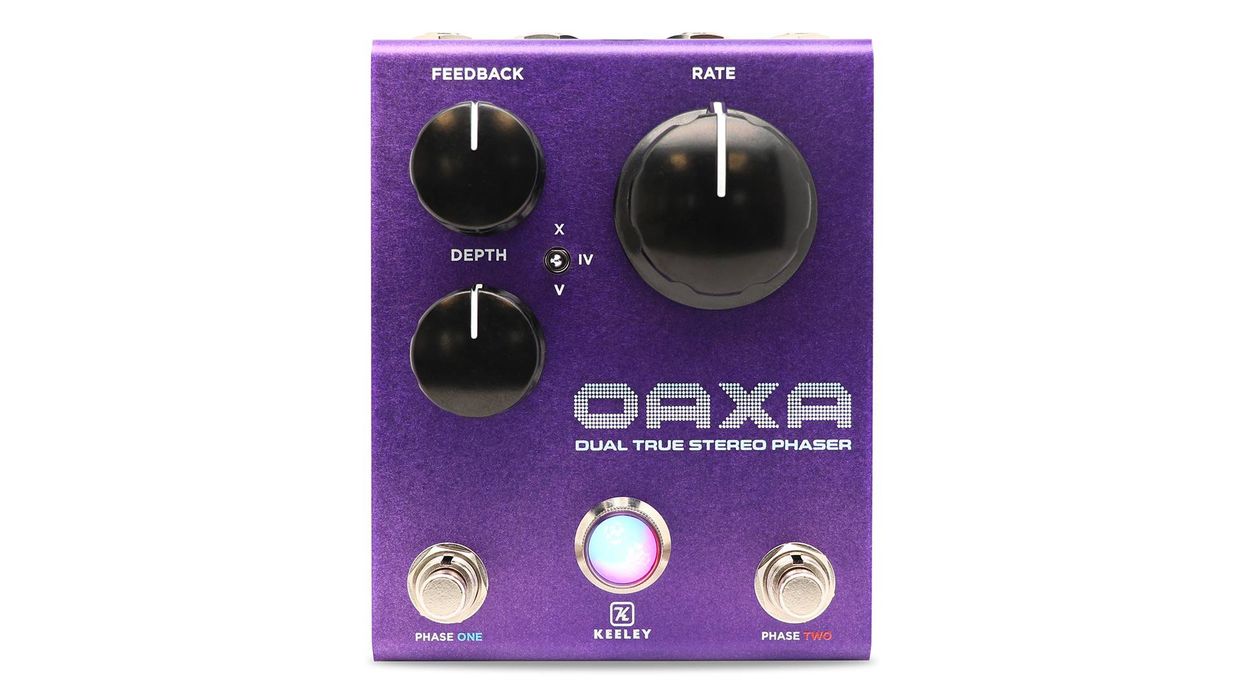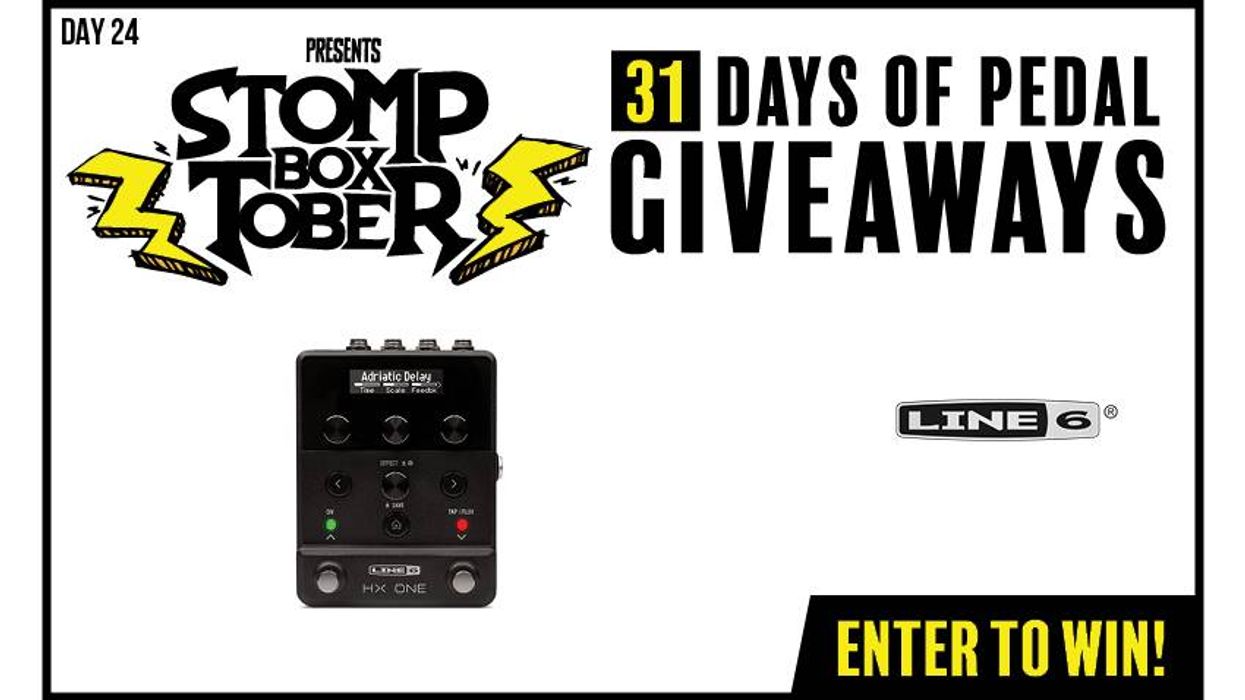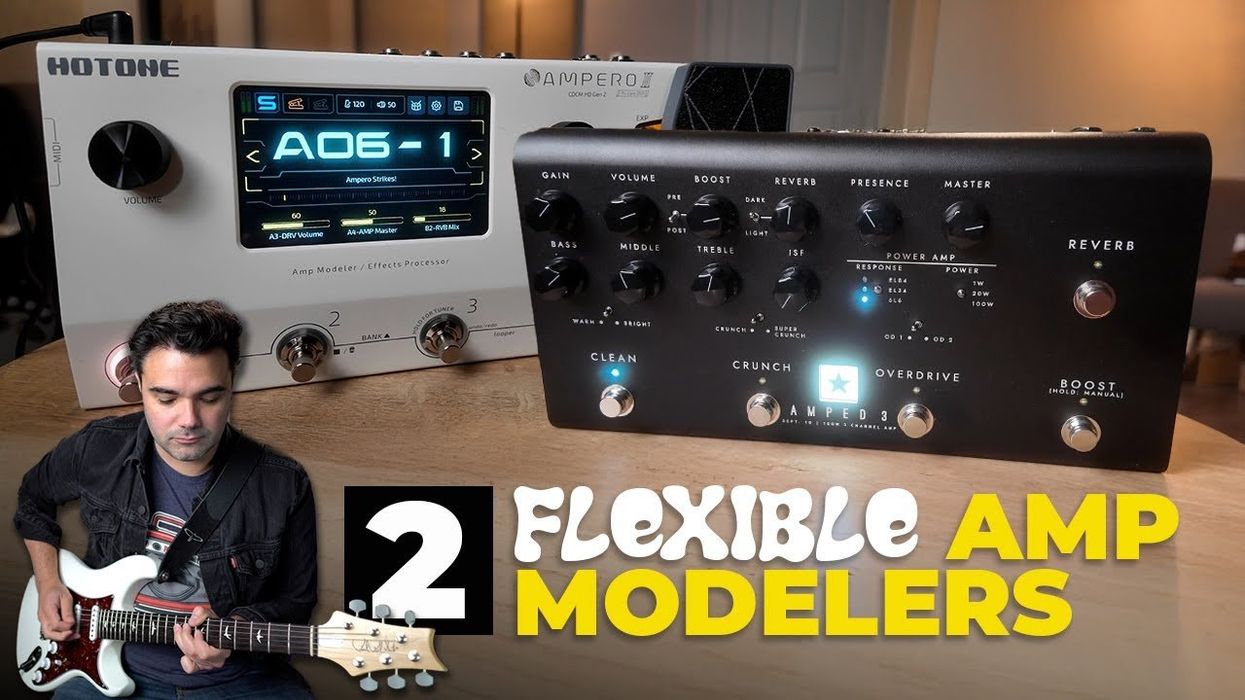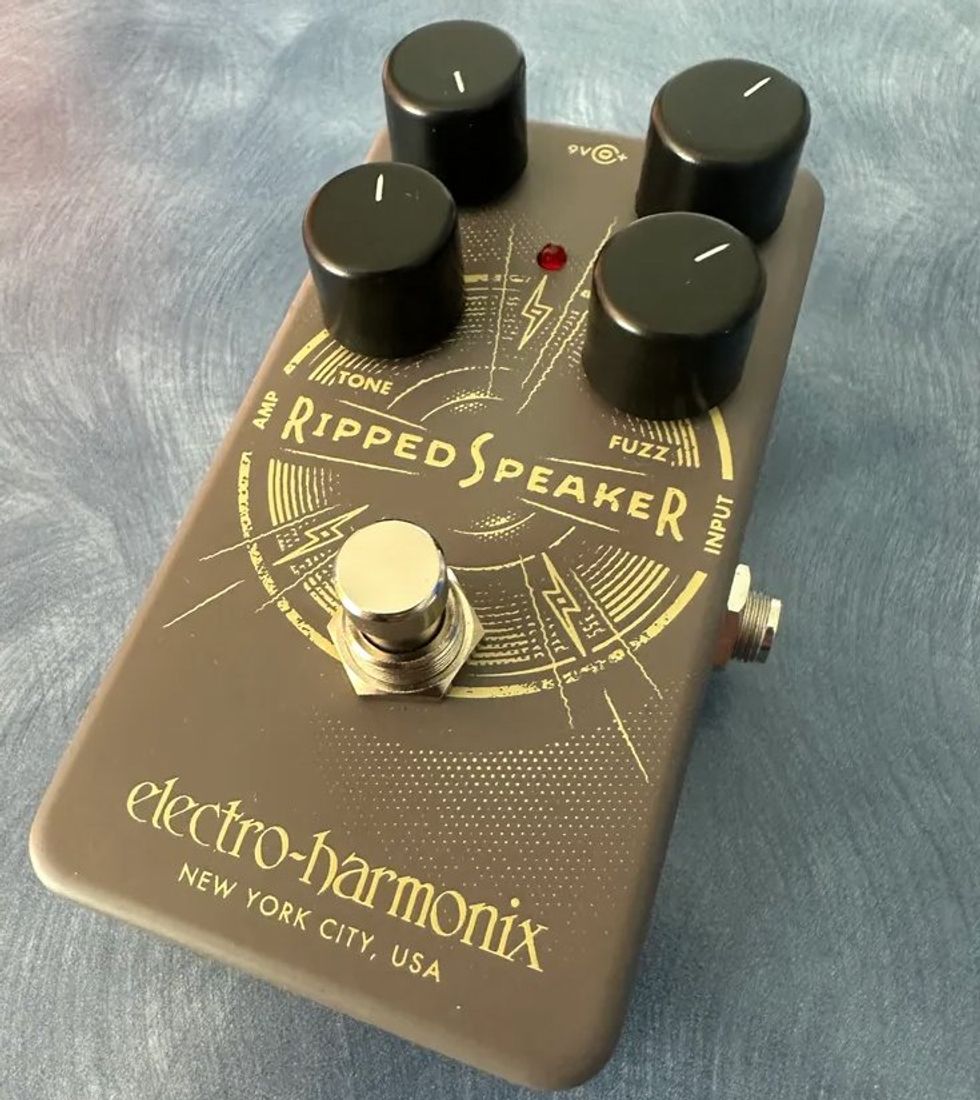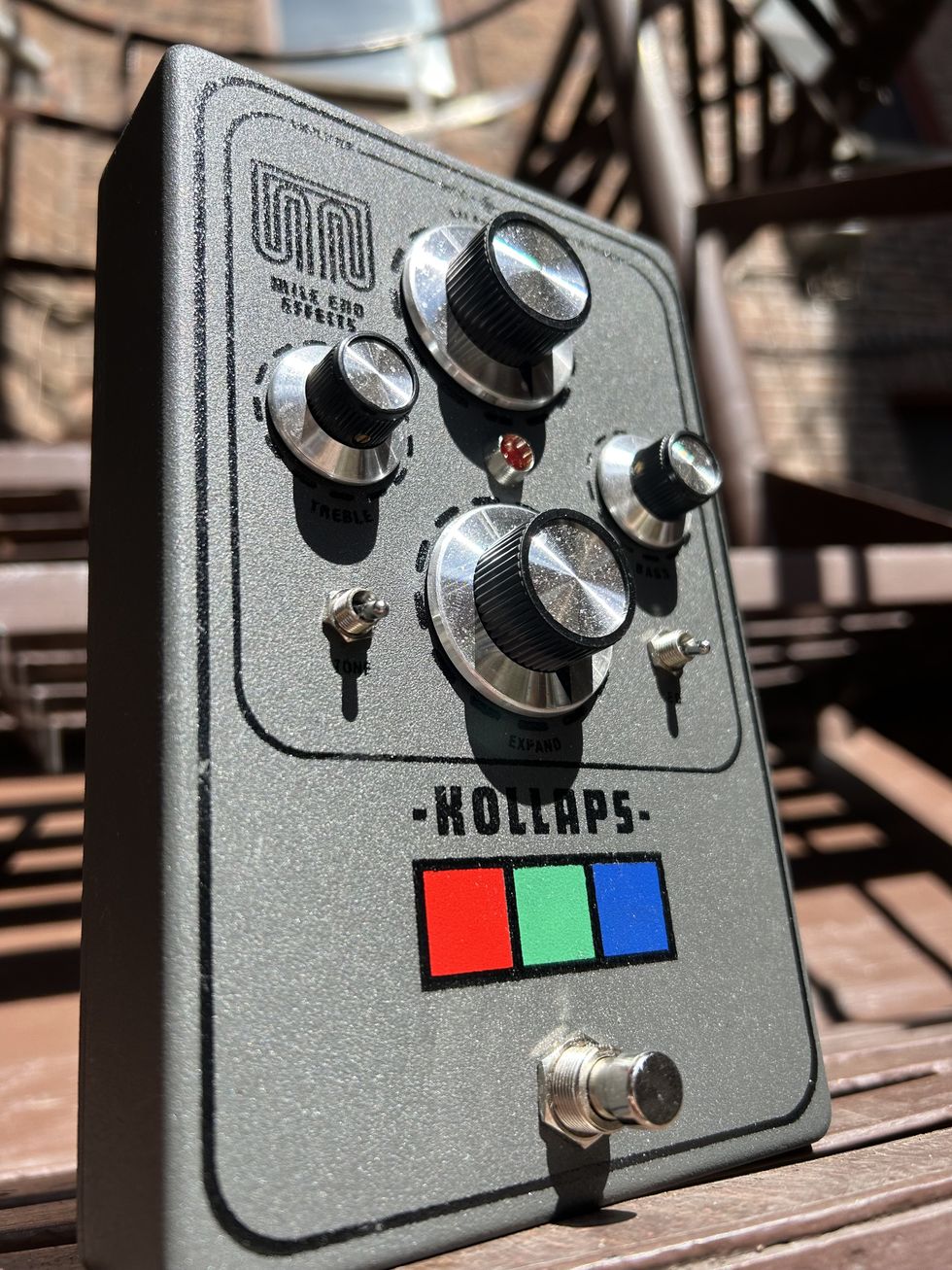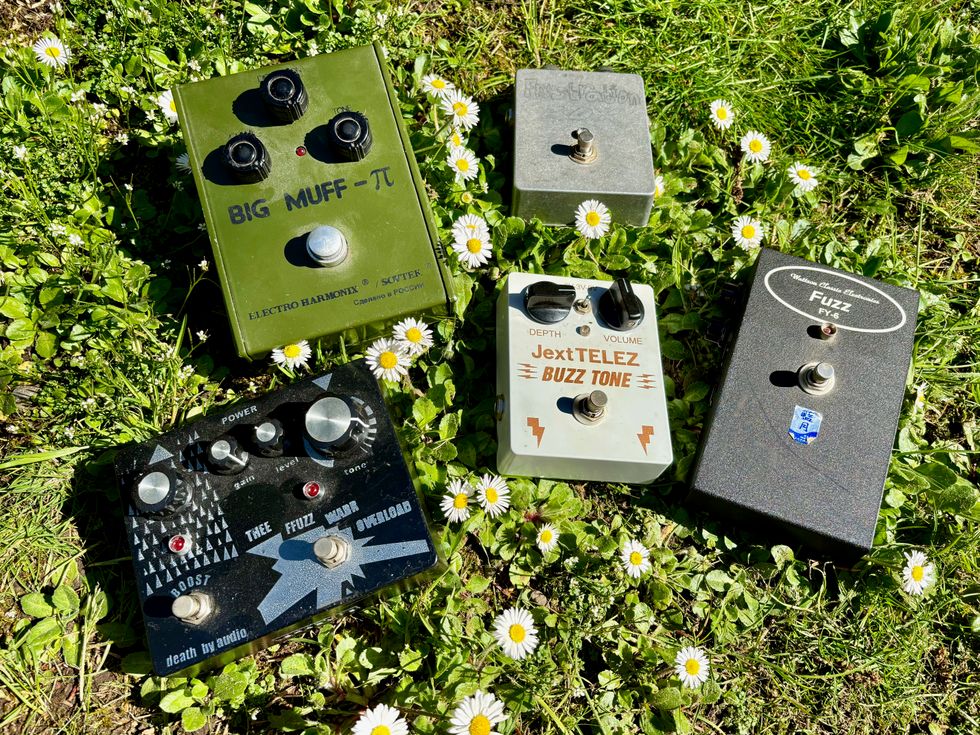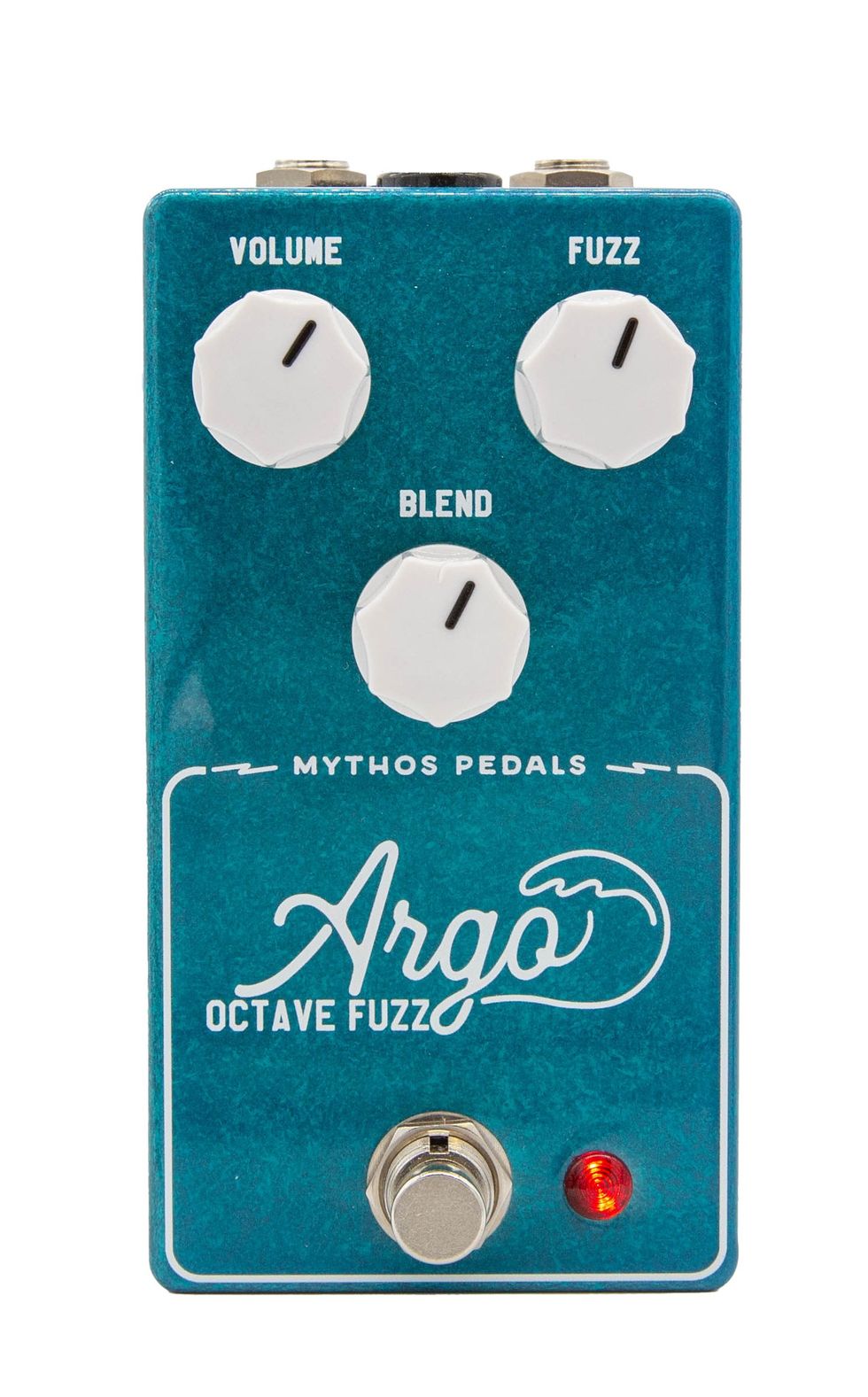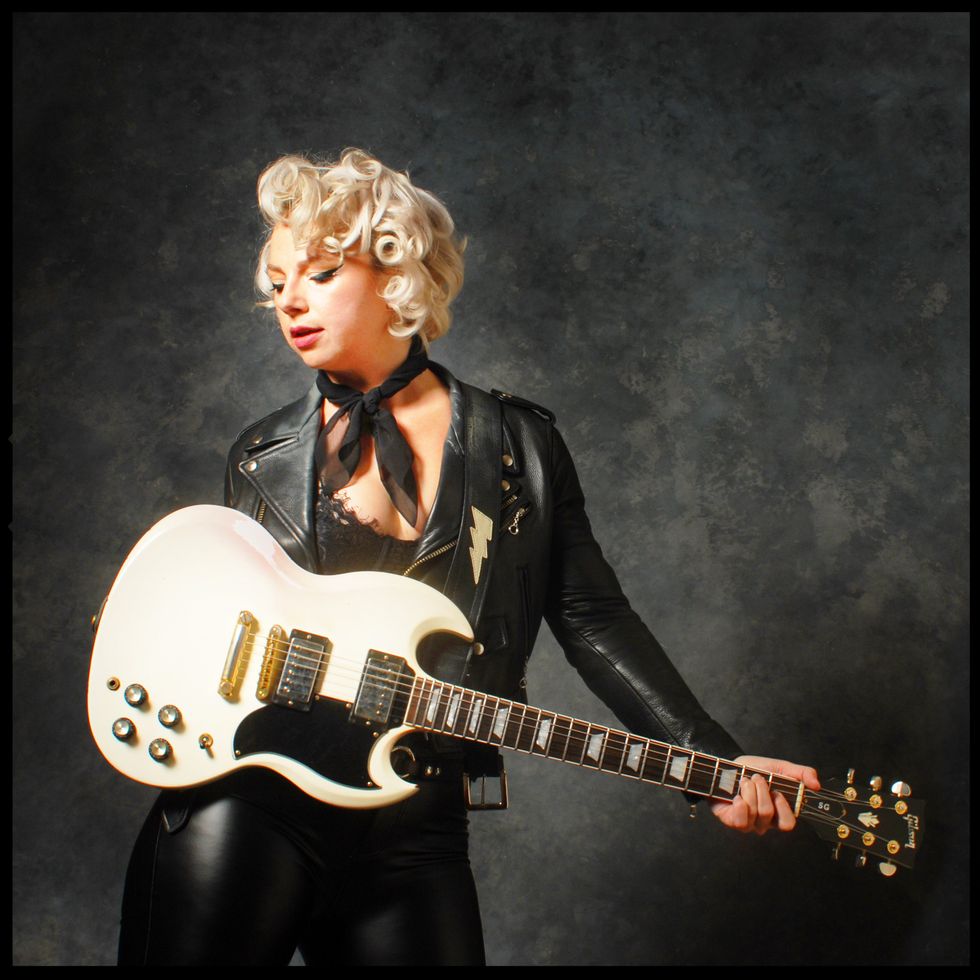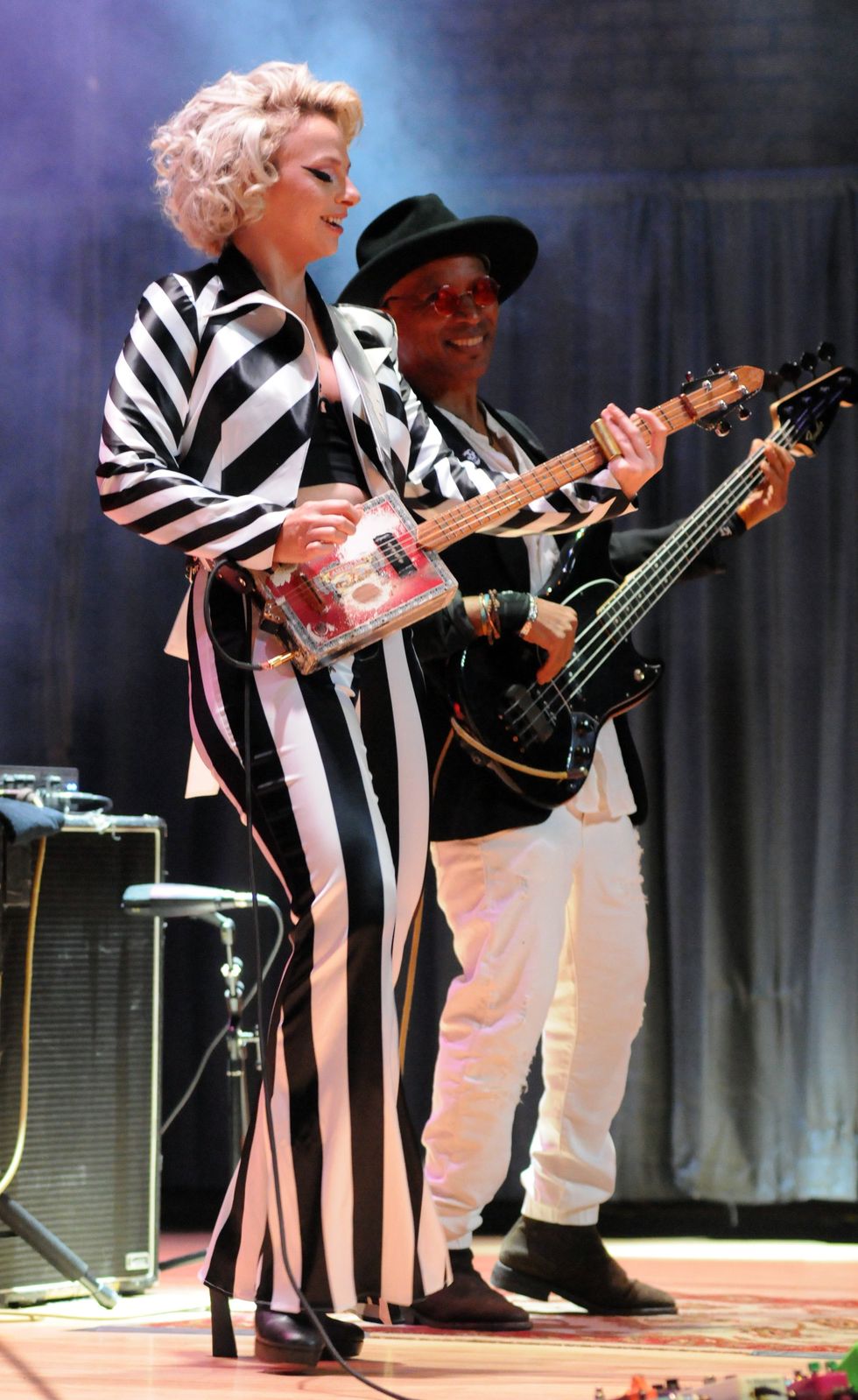Anaheim, CA (January 31, 2018) -- BOSS (ACC North, Level 2, Exhibit 17820) announces the GT-1000, a premium amp and effects processor for guitarists. Designed for superior tone and exceptional musical response, the GT-1000 is the first-ever guitar multi-effects processor with 32-bit AD/DA and 32-bit/96 kHz internal processing. Driven by BOSS’s latest custom DSP engine and filled with cutting-edge BOSS technologies, the GT-1000 delivers class-leading performance in a compact and lightweight floor-based unit.
The GT-1000 includes a wide range of expressive amplifier types, newly built with the comprehensive Tube Logic design approach behind the acclaimed Katana, Waza, and Blues Cube amplifiers. Also featured is the groundbreaking Augmented Impulse Response Dynamics (AIRD) technology, realized with BOSS’s extensive research into the complex component interactions in classic guitar amplifiers. AIRD provides new levels of performance when using the GT-1000’s preamps with guitar amps and power amps, and previously unattainable realism in direct recording and full-range monitoring applications.
Inside the GT-1000 is an impressive selection of world-class effects, with BOSS’s Multi-Dimensional Processing (MDP) on board along with advanced modulation, delay, and reverb algorithms from the popular 500-series pedals. Users can configure amps and effects with numerous routing options and enjoy mute-free patch switching and delay/reverb carryover thanks to the ultra-speedy DSP engine.
The GT-1000 offers intuitive editing and powerful control with a large display, 10 assignable footswitches, and an onboard expression pedal with toe switch. Via built-in Bluetooth, users can edit and organize GT-1000 sounds wirelessly using dedicated apps for iOS and Android devices.
BOSS (ACC North, Level 2, Exhibit 17820) introduces the Katana-Artist, the new flagship model in the Katana guitar amplifier series. Katana amps have received worldwide acclaim for their authentic tube tone and feel, onboard BOSS effects, and exceptional value. The Katana-Artist takes Katana performance to new heights with all the latest Version 2 features plus tone, speaker, and cabinet enhancements tailored for the needs of professional guitarists.
Built for live performance, the 100-watt Katana-Artist combo features a newly developed cabinet design with front-facing controls and a premium Waza 12-inch speaker. The semi-closed back is ideal for rock tones, and the tight, rugged construction produces rich, full sound with impressive projection. In addition, the amp’s five channels have been tuned to provide highly expressive response that works in complete harmony with the Waza speaker and new cabinet design.
BOSS’s custom Waza speaker delivers tones inspired by the benchmark 25-watt British stack speaker from the 1960s. Through detailed analysis and careful selection of the magnet, cone material, and other construction elements, BOSS has captured the rock speaker’s iconic sound and response with the added benefit of greatly increased power handling capacity.
With its dynamic power section designed with the Tube Logic approach, the Katana-Artist produces ample volume and headroom for performing all types of music, including the heaviest rock styles. In addition to the standard Katana panel controls, the amp includes dedicated knobs for the Cabinet Resonance and Air Feel functions introduced with the recent Katana Version 2 update.
BOSS (ACC North, Level 2, Exhibit 17820) has announced the RC-1-BK Loop Station, a limited-edition pedal that commemorates the sales of over one million Loop Station products to date. First introduced in 2001, BOSS Loop Stations are the looping standard for musicians around the world, inspiring all-new creative approaches to music composition and live performance. The current Loop Station lineup consists of six different products to support the looping needs of all types of artists, from guitarists and other instrumentalists to singers, beatboxers, DJs, and beyond.
Offering top-quality sound and simple operation in a portable package, the RC-1 is the top-selling Loop Station in the lineup. It’s housed in the famous BOSS compact pedal chassis, and features a simple, direct interface with a unique visual indicator for monitoring loop length and operation status.
The limited-edition RC-1-BK comes in a black finish with red lettering, and will be available in 2018 only. Other than the color, it is identical to the standard red-finish RC-1 pedal.
For more information:
BOSS
